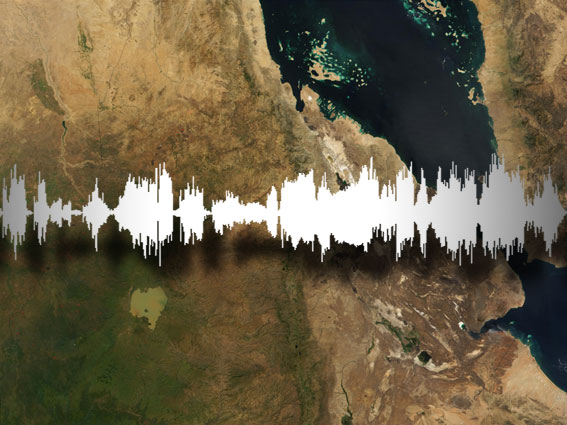Official Language: Ethiopia
Home Speakers: Egypt and Israel
Background
Amharic is the national language of Ethiopia and is spoken by around 12 million people as their mother-tongue and by many more as a second language. It is also used as lingua franca by at least 25 million people. Though only one of the seventy or so languages spoken in Ethiopia, Amharic has been the language of the court and the dominant population group in Highland Ethiopia since at least the late 13th century and remains the official language of Ethiopia today. It belongs to the Semitic group of the Afro-Asiatic (Hamito-Semitic) family of languages and as such is related to Arabic and Hebrew. Together with a number of the lesser languages of Ethiopia it constitutes the Ethiopic branch of this family. All the Ethiopic languages are descended from Ge’ez, the ancient literary and ecclesiastic language of Ethiopia. Significantly, whilst many of the grammatical forms are reminiscent of the Arabic and Hebrew languages, the sentence structure (syntax) of Amharic is very different and has more in common with the non-Semitic languages of Ethiopia. Amharic is written in its own script derived from the alphabet of ancient South Arabia. Originally written from right to left, it eventually switched, probably under Greek influence, from left to right. Two dots are placed after each word to separate it from the next. The earliest traces of written Amharic go back to the 14th century, however, it was not until the middle of the 19th century that Amharic came to be the regular written medium in Ethiopia, supplanting Classical Ethiopic (Ge’ez), which remains to this day the liturgical language of the Ethiopian Orthodox Church and the medium of traditional Ethiopian learning and scholarship. The present century has seen the appearance and growth to maturity of a literature in Amharic, to become one of the most prolific vernacular literatures in Sub-Saharan Africa.
Reprinted from www.unhchr.ch/udhr

